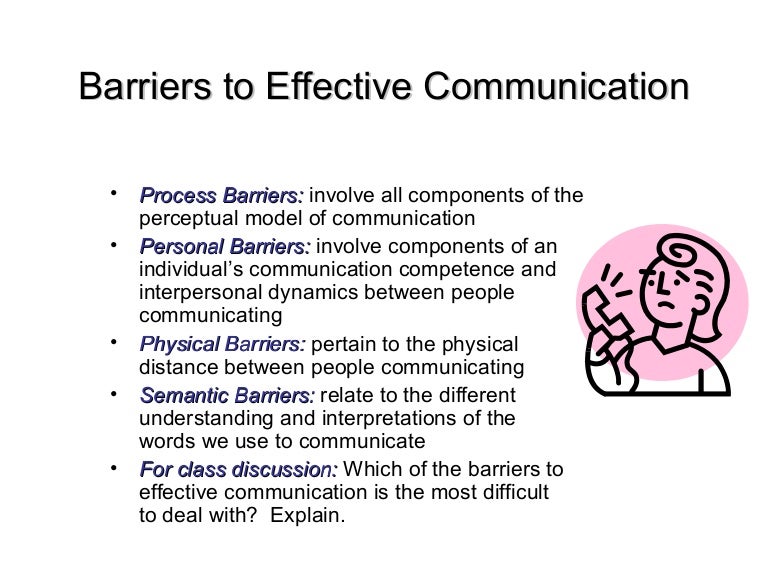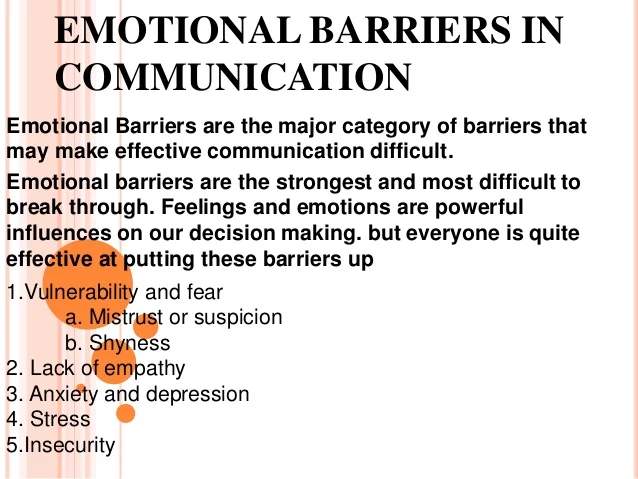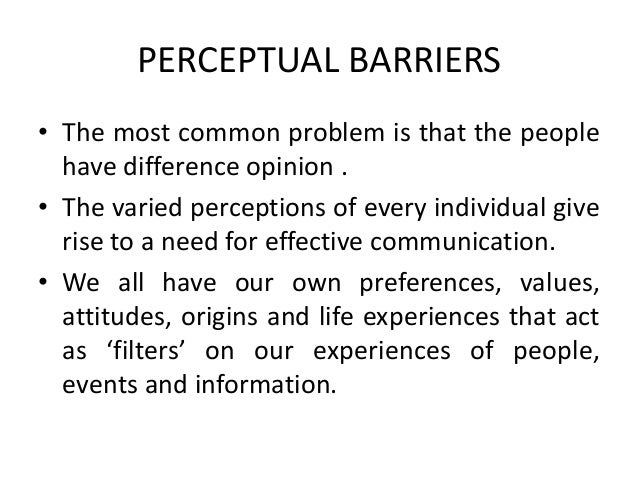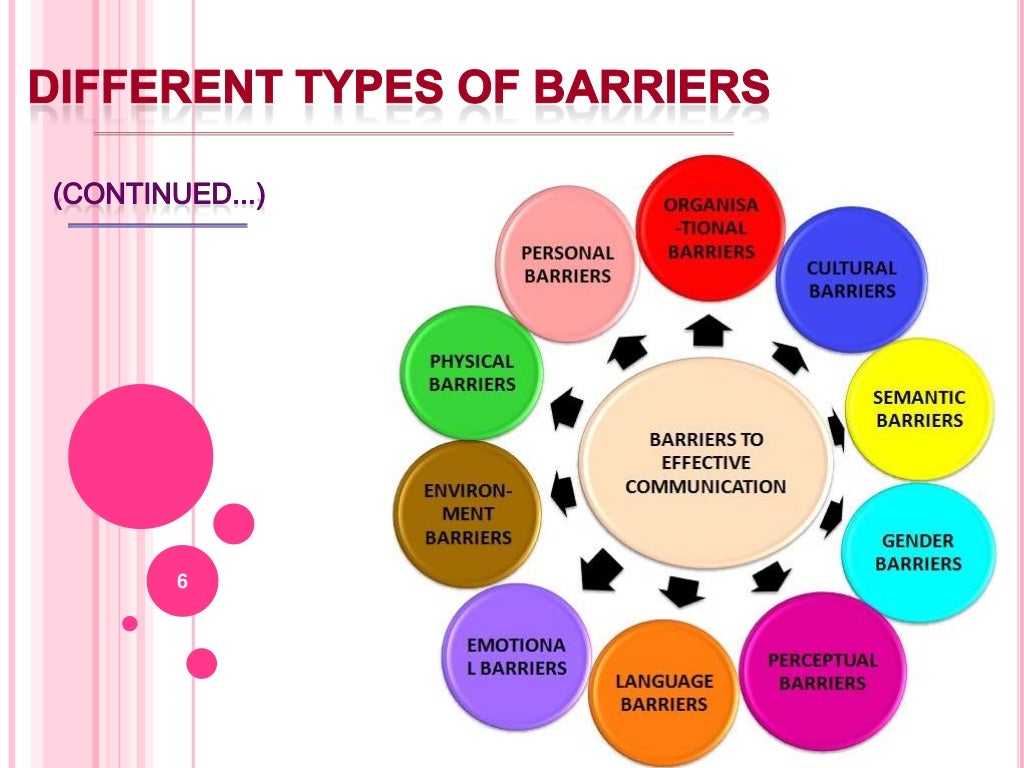Barrier To Communication Presentation
| Introduction | ||
|---|---|---|
| Communication is vital for effective collaboration and understanding. Barriers to communication can hinder the flow of information and impede successful interactions. Identifying and understanding these barriers is crucial for improving communication skills. | ||
| 1 | ||
| Language Barrier | ||
|---|---|---|
| Language differences can create misunderstandings and misinterpretations. Dialects, accents, and unfamiliar vocabulary can hinder effective communication. Using clear and concise language, avoiding jargon, and providing translations can help overcome this barrier. | ||
| 2 | ||
| Physical Barrier | ||
|---|---|---|
| Physical distance and noise can disrupt communication. Poor acoustics, loud environments, or limited visual contact can impede understanding. Utilizing technology, finding quiet spaces, or using visual aids can help overcome physical barriers. | ||
| 3 | ||
| Emotional Barrier | ||
|---|---|---|
| Emotional states, such as anger, fear, or stress, can hinder effective communication. Negative emotions can lead to defensive or aggressive behavior. Practicing active listening, empathy, and creating a supportive environment can help overcome emotional barriers. | ||
| 4 | ||
| Cultural Barrier | ||
|---|---|---|
| Cultural differences in communication styles, norms, and values can lead to misunderstandings. Non-verbal cues, gestures, and body language may vary across cultures. Developing cultural competence, being open-minded, and seeking clarification can help overcome cultural barriers. | ||
| 5 | ||
| Perceptual Barrier | ||
|---|---|---|
| Differences in perception and interpretation can impact communication. Personal biases, assumptions, and stereotypes can distort understanding. Active listening, clarifying expectations, and promoting diverse perspectives can help overcome perceptual barriers. | ||
| 6 | ||
| Technological Barrier | ||
|---|---|---|
| Technical issues, such as poor internet connection or unfamiliarity with technology, can hinder communication. Dependence on digital platforms can lead to miscommunication or misinterpretation. Familiarizing oneself with technology, troubleshooting, and providing alternative communication channels can help overcome technological barriers. | ||
| 7 | ||
| Organizational Barrier | ||
|---|---|---|
| Hierarchical structures, complex procedures, and unclear goals can impede communication. Lack of transparency, poor information flow, or excessive bureaucracy can hinder understanding. Foster open communication, encourage feedback, and establish clear communication channels to overcome organizational barriers. | ||
| 8 | ||
| Gender Barrier | ||
|---|---|---|
| Gender stereotypes and societal expectations can impact communication dynamics. Differences in communication styles or power dynamics can create barriers. Promoting gender equality, active listening, and fostering inclusive environments can help overcome gender barriers. | ||
| 9 | ||
| Conclusion | ||
|---|---|---|
| Communication barriers can hinder effective information sharing and understanding. By recognizing and addressing these barriers, individuals and organizations can improve communication skills and foster better relationships. Developing empathy, cultural competence, and utilizing appropriate strategies can help overcome communication barriers. | ||
| 10 | ||









